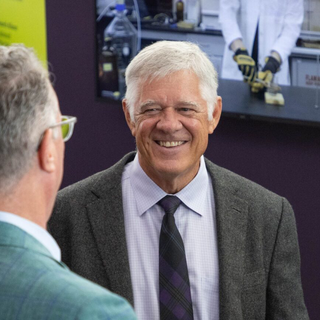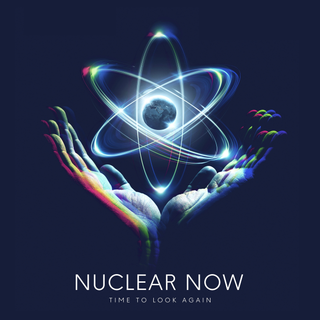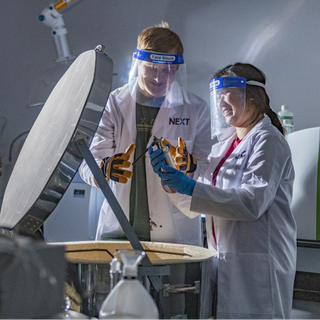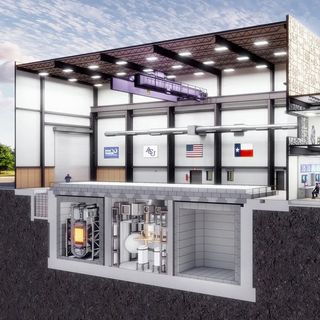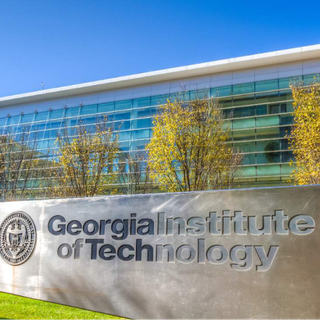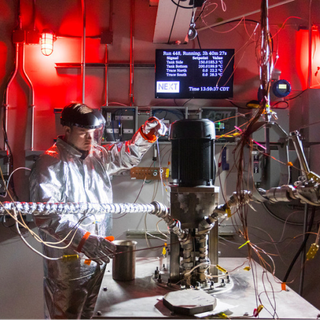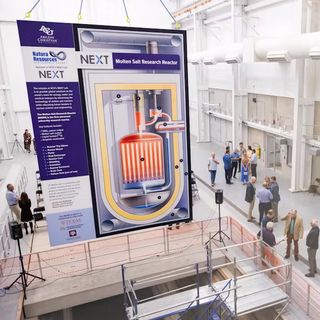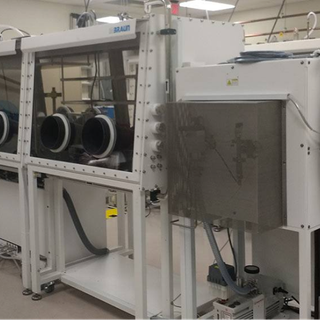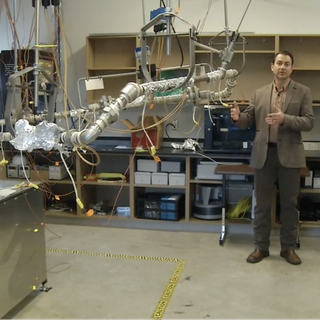
Natura Resources Research Alliance
The Natura Resources Research Alliance (NRRA) is a pioneering collaboration between private industry and academia, focused on advancing nuclear energy through the development of molten salt reactor (MSR) technology. Established through sponsored research agreements led by Natura Resources LLC, the alliance brings together four prominent universities: Abilene Christian University, The Georgia Institute of Technology, Texas A&M University, and The University of Texas at Austin. This unique partnership aims to address global demands for reliable energy, medical isotopes, and clean water by designing, licensing, and deploying innovative nuclear solutions.
The NRRA stands out for its innovative approach to collaboration and licensing, aiming to revolutionize how universities engage with cutting-edge nuclear technology. Recognized by the Texas Senate and House of Representatives for its contributions to advanced nuclear research, the alliance combines the expertise of its university partners with Natura Resources’ industry-driven perspective.
The NRRA continues to push the boundaries of nuclear innovation, supported by Natura Resources’ leadership and the academic excellence of its university partners. This alliance exemplifies a bold step toward a sustainable energy future, rooted in Texas ingenuity and a commitment to solving some of the world’s most pressing challenges.
Abilene Christian University
The mission of ACU’s NEXT Lab is to provide global solutions to the world’s need for energy, water and medical isotopes by advancing the technology of molten salt reactors while educating future leaders in nuclear science and engineering. Natura's support of the NEXT Lab represents the largest sponsored research agreement in ACU's history.
The Georgia Institute of Technology
"We're excited about this opportunity to engage with colleagues in industry and academia," said Dr. Steve Biegalski, program chair for nuclear and radiological engineering and medical physics. "It is a great opportunity for our faculty and students to apply their expertise to a real-world design project. We know it will be a valuable learning experience for all involved.
Texas A&M University
“Texas A&M plays an important role on the team, supporting the design, thermal management and fuel characterization efforts toward the reactor,” said Tsvetkov, associate professor of nuclear engineering and lead of the Texas A&M team. “We are excited to be part of the consortium. This is going to be the first advanced reactor to be built in the 21st century in the U.S. and the first to be built as a university research reactor. It will enable the nuclear engineering community, as well as serve the strategic role of workforce development supporting advanced reactors. Dr. Kimber and Dr. McDeavitt have years of unique experience in important areas of the project, allowing us to provide high-impact assistance to the team.”
The University of Texas
“Nuclear energy is already our most effective tool against climate change,” said Dr. Derek Haas, assistant professor in the Walker Department of Mechanical Engineering and lead of the UT Austin team. “The molten salt research reactor will provide the United States a testbed to develop the next generation of even safer, more efficient nuclear reactors.”





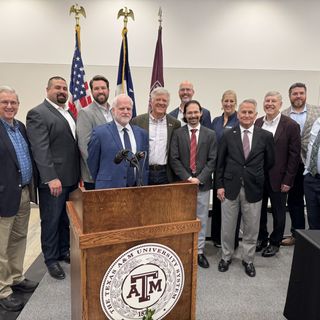

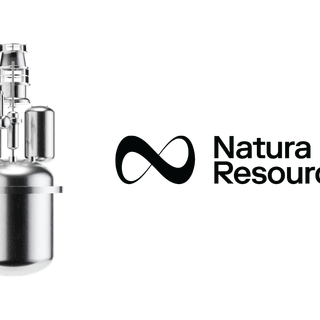
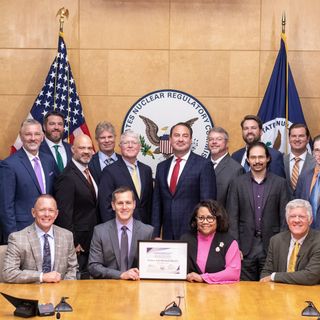


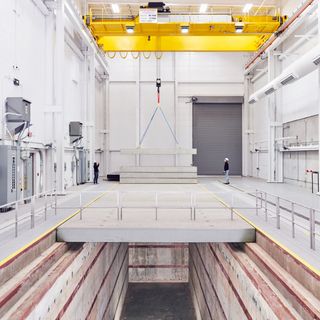
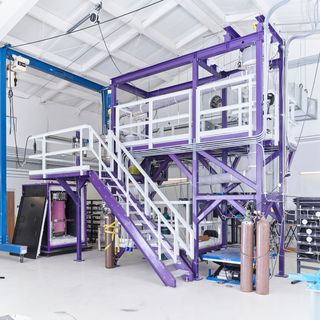


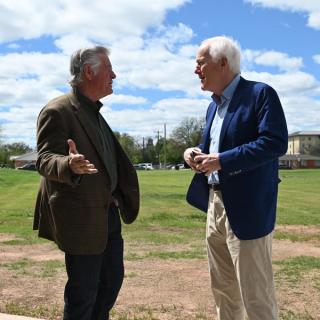
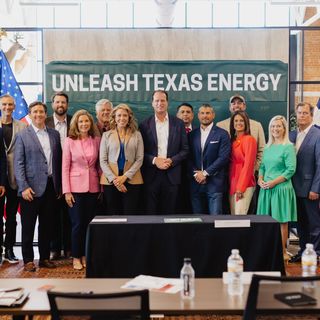
%20Dr.%20Phil%20Schubert_John%20Zachry_Douglass%20Robison_Dr.%20Rusty%20Towell.jpg?rect=49,0,1269,1269&w=320&h=320&fit=min&auto=format)

